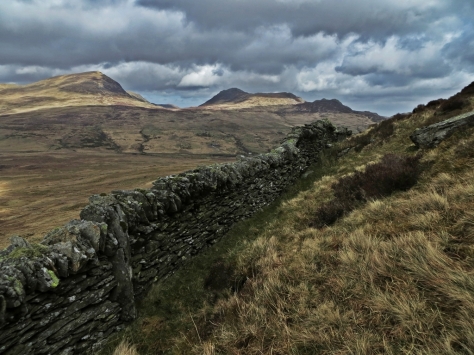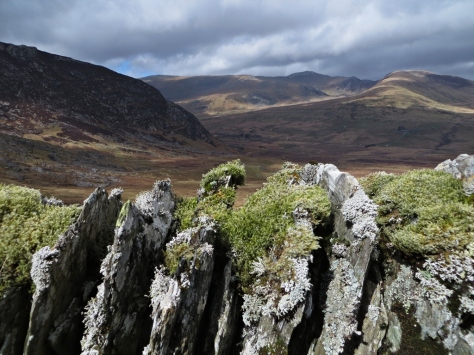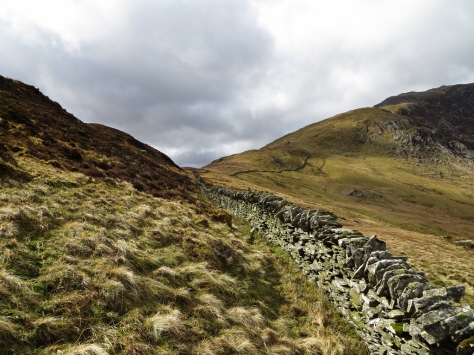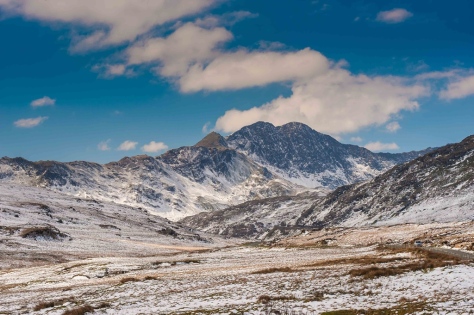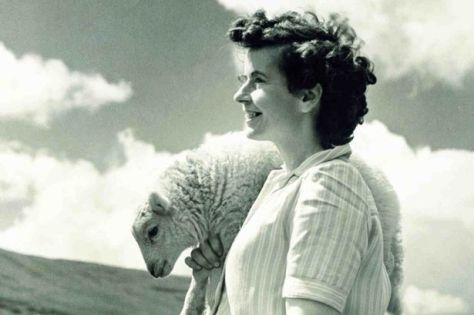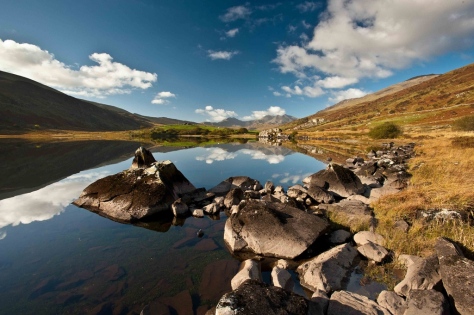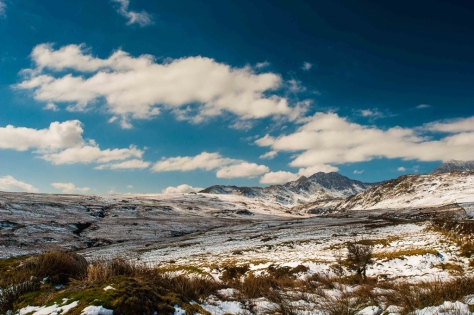 You may have read my earlier posts about my conservation work for the National Trust on a famous Welsh mountain farm, if not you can catch up here and here….
You may have read my earlier posts about my conservation work for the National Trust on a famous Welsh mountain farm, if not you can catch up here and here….
At the end of my last post I mentioned that I had read that Esmé had been buried at Dyffryn and Peter’s ashes scattered next to her and that, had I known, I would have liked to have visited their grave.
In her biography of Esmé Teleri Bevan wrote…”On Sunday, 17 October 1999, Esmé decided to plant daffodil bulbs in the grounds around Dyffryn, ready for the spring. It was a mellow day and when the sack of bulbs had almost emptied, she was tired and content, ‘They’ll be really colourful’. She retired early to bed but in the early hours of Monday, Esmé died peacefully in her sleep, aged 89, with Peter at her side”.
“Peter fulfilled Esmé’s last wish, her burial place. She had chosen to be buried on a small plot at Dyffryn, and Peter had to persuade the relevant authorities for permission. The plot she chose many years earlier overlooked the valley, and it was near the sheep pens on Glyder Fach”.
I returned to Dyffryn earlier this week to carry on my research for the conservation land management plan that I’m writing for the National Trust, the new owners. The first place I wanted to visit was Esmé and Peters grave, but other than the description above I didn’t know where to find it, and it’s a very big farm on a very big mountain. I reasoned though that it must be fairly near to the house, or maybe close to one of the tracks leading from the road, so I made my way up to the nearest group of old stone sheep pens and looked around.
 The wind was ferocious and squalls of sleet, hail and snow were falling from the heavy clouds scudding over the mountain peaks and ridges. I carefully examined the land around the pens, but I couldn’t see anything that looked like a grave site. I had been told that there was a simple stone marking the spot, but at Dyffryn countless stones and boulders litter the landscape.
The wind was ferocious and squalls of sleet, hail and snow were falling from the heavy clouds scudding over the mountain peaks and ridges. I carefully examined the land around the pens, but I couldn’t see anything that looked like a grave site. I had been told that there was a simple stone marking the spot, but at Dyffryn countless stones and boulders litter the landscape.
I needed to change my angle of enquiry by looking at my surroundings and asking myself, ‘where would I have chosen to be buried had I lived here all these years?’. My attention turned to a huge rock outcrop and a kind of wide ledge rising up behind me. As I surveyed it something caught my eye. It was the bright yellow heads of hundreds of daffodils nodding in the blustery wind. Strange to see daffodils there I thought, and then I knew what I was looking at and where the grave was. My recollection of the story of Esmé planting daffodils the day before she died had led me to the spot.
I climbed up the steep hillside and there on the ledge, overlooking the valley, was the grave of Peter and Esmé Kirby of Dyffryn.
 A simple plaque on a Dyffryn stone, and some juniper bushes planted at their heads to shelter them from the Dyffryn winds marked the spot.
A simple plaque on a Dyffryn stone, and some juniper bushes planted at their heads to shelter them from the Dyffryn winds marked the spot.
 As I studied the grave I was curious about it’s orientation and why it was slightly inclined downhill, but as I turned and looked in the direction it was pointing all became clear. This was the view that they wanted forever.
As I studied the grave I was curious about it’s orientation and why it was slightly inclined downhill, but as I turned and looked in the direction it was pointing all became clear. This was the view that they wanted forever.
 Daffodils, the Dyffryn “ffridd” where Esmé, Thomas and countless others brought up the Dyffryn lambs, and the twin lakes framed by the rocks and heather. Not a bad view for eternity.
Daffodils, the Dyffryn “ffridd” where Esmé, Thomas and countless others brought up the Dyffryn lambs, and the twin lakes framed by the rocks and heather. Not a bad view for eternity.
I stayed for quite a while and then felt the need, despite the howling wind and showers, to climb up onto the plateau below Glyder Fach. I’m glad I did, the views were wonderful and the sense of elemental life almost overwhelming.

I felt glad that I’d paid my respects. There is something dangerous about the work that I do. The land has been like this for thousands of years (there are the remains of iron age hillforts on the farm and a Roman camp just down the road), and countless generations of people have lived here and eeked out a living often under great hardship, only for someone like me to come along one day and prescribe a management plan. It doesn’t feel right unless you do it well, and therein lies the challenge. Do right by the land and the memory of those who came before you, and don’t be an arrogant prat. In finding and visiting the grave I felt like I’d opened a path, along which I might tread lightly and get on with the job that I’ve been given to do.
In the next part of my little story I’ll tell you about how I wanted to visit the great Dyffryn mountain wall that was built around 1750 and, in studying it up close, found extraordinary craftsmenship in such a challenging landscape.



